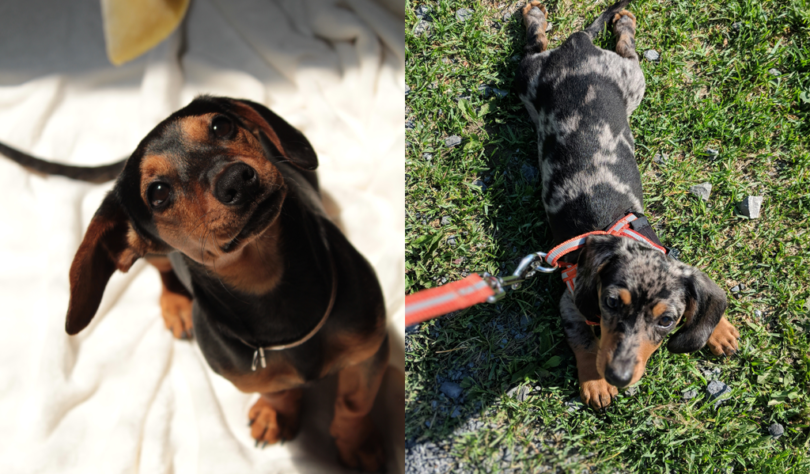Introduction: Maintaining good oral hygiene is essential for the overall health and well-being of your Dachshund. Regular tooth brushing can prevent dental problems such as plaque buildup, tartar accumulation, gum disease, and bad breath. In this step-by-step guide, we’ll walk you through the process of brushing your Dachshund’s teeth effectively to ensure optimal dental health.
1. Gather Supplies:
Before you begin, gather all the necessary supplies. You’ll need a dog-specific toothbrush, toothpaste formulated for dogs (never use human toothpaste as it can be toxic to pets), and some tasty treats to reward your Dachshund for cooperation.
2. Get Your Dachshund Comfortable:
Choose a quiet, well-lit area for tooth brushing. Start by getting your Dachshund comfortable with the process. Gently handle their muzzle and touch their lips to accustom them to the sensation. Offer praise and treats to create a positive association with tooth brushing.
3. Introduce the Toothbrush:
Once your Dachshund is comfortable, introduce the toothbrush. Start by letting them sniff and lick the toothbrush to familiarize themselves with it. Then, apply a small amount of dog toothpaste to the bristles. Dog toothpaste comes in flavors like poultry or beef, which most dogs find appealing.
4. Begin Brushing:
Hold the toothbrush at a 45-degree angle to your Dachshund’s teeth. Gently lift their lips to expose the teeth and gums. Using small circular motions, brush the outer surfaces of the teeth and along the gumline. Pay special attention to the back molars, as they are prone to plaque buildup. Take your time and be patient.
5. Don’t Forget the Inside Surfaces:
Next, brush the inner surfaces of the teeth using the same circular motions. Be gentle to avoid causing discomfort or injuring the gums. Focus on reaching all areas of the mouth, including the back teeth.
6. Reward and Reinforce:
Throughout the process, offer praise and rewards to encourage your Dachshund’s cooperation. This positive reinforcement will help make tooth brushing a pleasant experience for both of you. Remember to end the session on a positive note, even if you weren’t able to brush all of your Dachshund’s teeth at first.
7. Establish a Routine:
Consistency is key to maintaining good oral hygiene. Aim to brush your Dachshund’s teeth at least three times a week, if not daily. Establishing a regular tooth brushing routine will help prevent dental issues and keep your Dachshund’s smile bright and healthy.
Conclusion: Regular tooth brushing is an essential part of caring for your Dachshund’s dental health. By following this step-by-step guide and making tooth brushing a positive experience, you can help keep your Dachshund’s teeth clean and their gums healthy for years to come.

